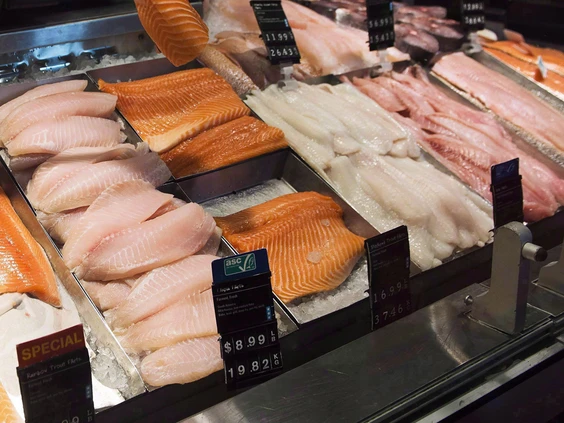In today’s globalized food industry, ensuring the integrity of the products we consume has become an increasingly important concern. Unfortunately, instances of food fraud have been on the rise, posing significant risks to consumers and damaging the reputation of legitimate food businesses. In this article, we delve into the growing problem of food fraud in Canada and explore effective strategies to combat this issue.
Understanding Food Fraud
Food fraud refers to the deliberate misrepresentation or adulteration of food products for economic gain. It involves the substitution, dilution, or addition of inferior or deceptive ingredients, misleading labeling, or misrepresentation of origin. Such fraudulent practices not only deceive consumers but also jeopardize their health and safety. The consequences of consuming adulterated or mislabeled food can range from allergic reactions to long-term health complications.
Current Scenario in Canada
Canada, being a major player in the global food trade, is not immune to the challenges posed by food fraud. Recent studies and reports have shed light on the increasing prevalence of food fraud incidents within the country. The article “Food Fraud in Canada on the Rise” highlights some of these concerns but falls short of offering comprehensive solutions.
Identifying Vulnerabilities
To effectively address food fraud, it is crucial to identify the vulnerabilities within the food supply chain. By understanding the key points at which fraud can occur, proactive measures can be implemented to minimize risks. Some notable vulnerabilities include:
1. Ingredient Sourcing
The complexity of supply chains often involves multiple intermediaries, making it challenging to trace the origin of ingredients accurately. Unscrupulous actors exploit this opacity to introduce fraudulent or substandard ingredients into the system. Implementing stringent supplier verification processes and establishing direct relationships with trusted suppliers can help mitigate this risk.
2. Packaging and Labeling
Misleading packaging and labeling practices can deceive consumers and conceal the true nature of food products. Counterfeit packaging materials, false claims about nutritional content, or inaccurate country of origin labeling are some of the tactics employed by fraudsters. Rigorous quality control protocols, independent testing, and comprehensive label verification can aid in maintaining transparency and authenticity.
3. Storage and Transportation
Improper storage conditions or inadequate temperature controls during transportation can compromise the quality and safety of food products. Such lapses provide opportunities for unscrupulous individuals to tamper with or adulterate the goods. Implementing robust storage and transportation protocols, including regular inspections and temperature monitoring, helps minimize the risk of fraud.
Combating Food Fraud: Best Practices
To combat food fraud effectively, a multifaceted approach encompassing various stakeholders and strategies is essential. At [Your Company Name], we advocate the following best practices:
1. Enhanced Regulatory Framework
A robust regulatory framework plays a pivotal role in deterring food fraud. Strengthening existing regulations and introducing new legislation to address emerging threats are crucial steps. Collaborative efforts between government agencies, industry associations, and consumer advocacy groups can help create a comprehensive and enforceable framework.
2. Advanced Testing Technologies
Investing in advanced testing technologies is imperative to detect and prevent food fraud. Methods such as DNA testing, isotopic analysis, and spectroscopy can provide accurate insights into the composition and authenticity of food products. These cutting-edge tools enable early detection of fraudulent practices and help maintain consumer trust.
3. Supply Chain Transparency
Establishing end-to-end supply chain transparency is instrumental in combating food fraud. Leveraging technologies like blockchain can enhance traceability, making it easier to track the journey of ingredients and finished products. By providing consumers with access to verified information, transparency fosters trust and holds accountable those involved in fraudulent activities.







